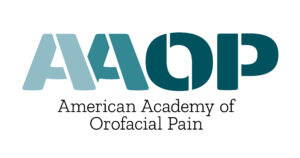
Management of Residual Sleepiness in Obstructive Sleep Apnea
James A. Rowley, MD
President, American Academy of Sleep Medicine

Dr. James A. Rowley received his medical degree from the New York University School of Medicine. He completed his residency in Internal Medicine at the University of Chicago Hospitals and a fellowship in Pulmonary/Critical Care medicine at the Johns Hopkins Medical Institutions, where he developed his interest in sleep medicine. Dr. Rowley is presently professor of medicine at Rush University in the division of Pulmonary/Critical Care & Sleep Medicine. He serves as the program director for the Rush Sleep Medicine fellowship. He is a professor emeritus at Wayne State University School of Medicine in Detroit.
Dr. Rowley presently serves as the President of the American Academy of Sleep Medicine, the largest professional organization dedicated to sleep medicine in the United States. He has been on the board of directors of the AASM since 2016. As a volunteer for the AASM, he has been active in guideline development and educational initiatives.
At the conclusion of this presentation, participants will be able to:
1. Discuss the most common causes of excessive daytime sleepiness
2. Discuss the approach to the treated OSA with residual daytime sleepiness
3. Discuss the common medications indicated for the treatment of residual sleepiness in OSA
![]() American Academy of Orofacial Pain is an ADA CERP Recognized Provider. ADA CERP is a service of the American Dental Association to assist dental professionals in identifying quality providers of continuing dental education. ADA CERP does not approve or endorse individual courses or instructors, nor does it imply acceptance of credit hours by boards of dentistry. American Academy of Orofacial Pain designates this activity for continuing education credits.
American Academy of Orofacial Pain is an ADA CERP Recognized Provider. ADA CERP is a service of the American Dental Association to assist dental professionals in identifying quality providers of continuing dental education. ADA CERP does not approve or endorse individual courses or instructors, nor does it imply acceptance of credit hours by boards of dentistry. American Academy of Orofacial Pain designates this activity for continuing education credits.


